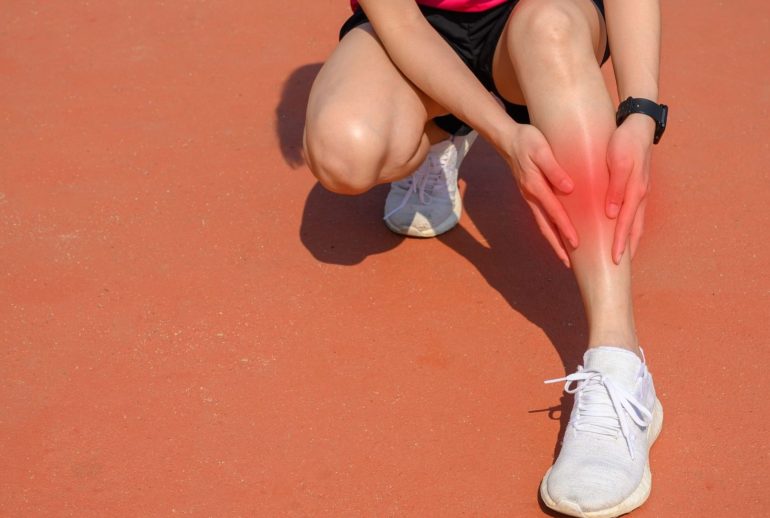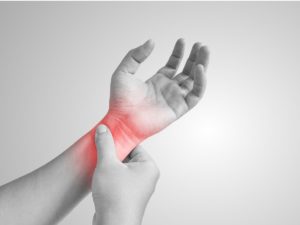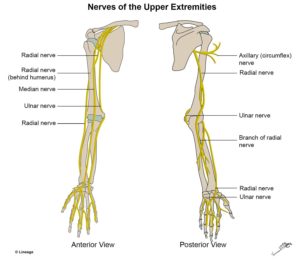Pain in your lower leg? Increased your running routine recently? Unable to return to sport due to lingering pain in lower leg when running or exercising?
Running is considered to be one of the world’s most popular forms of exercise in this day and age. Although running has many health benefits for both the physical and mental aspect, it is also associated with a high risk of injury development due to overuse or incorrect form.
Given the increasing popularity of running during the most recent lockdown, running injuries has been increasing within our clinic as mentioned previously and today we explore another common injury associated with this. Lower leg injuries are very common when it comes to running and today we delve into a common injury known as medial tibial stress syndrome, also known as, shin splints.
What is the term ‘Medial Tibial Stress Syndrome (MTSS)/ Shin Splints’?
Medial tibial stress syndrome, also very commonly known as “shin splints,” is term used to define exercise induced pain along the inside of lower leg, or in simple terms, around the shins. Medial is a term used to describe a location pertaining to the middle, Tibial is referring to the tibia/shin bone and stress syndrome referring to condition caused by repetitive stress.
The use of the term MTSS or shin splints is used to help describe an aching, sharp or burning pain around the inside and front of the shine bone. It has been believed that due to overuse of surrounding structures of the shin bone, stress injuries occur causing different reactions and effect to these areas. The most common development of this injury is due to muscular strain due to repetitive loading and not enough healing to match the stress placed on the muscles. As a result of this, micro tears form within the shin muscle leading to pain and if left untreated, it’s possible for stress fractures to form in the tibia (shin bone).
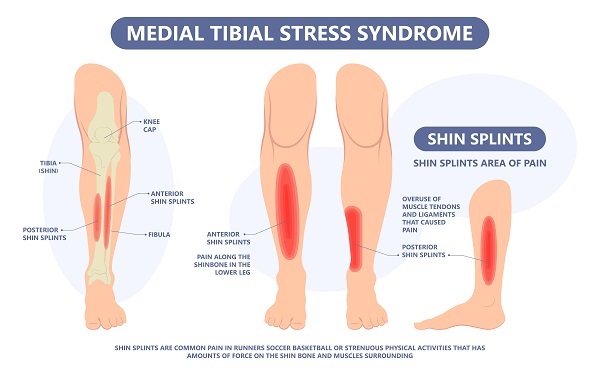
What causes MTSS/Shin Splints?
Similar to previous posts, MTSS and shin splints is a common overuse sports injury, particularly in runners and sports related to increased running such as soccer, football and athletics. Our lower limb muscles often are developed to cope with sudden and large increase in workload hence leading to overloading and injury and ultimately pain.
Although still unclear of the exact cause of MTSS and shin splints, the most common conclusion regarding its cause can be attributed to injury to these tendons, muscles and ligaments surrounding the shin bone due to overloading. Research has been torn between whether the pain is due to inflammation of the tendons of the muscles which connect them to the bone or inflammation of the tissues surrounding the bone.
Regardless, the conclusion made through all the studies show that there is an association between overloading and overtraining and the development of shin splints.
Some of the pain causes of MTSS/Shin splints include:
- Poor footwear
- Increase training regime and frequency
- Running on hard surfaces
- Poor biomechanics
- Previous lower limb injury
- Not enough rest
- Flat feet or high arches
Characteristics/Symptoms of MTSS/Shin Splints
- Dull, burning or sharp pain
- Pain at the lower 2/3 leg
- Worse with exercise
- Can be associated with minor swelling and redness
- Tenderness on touch
- Present usually after activity
Management of MTSS/Shin Splints
Achilles tendinopathy can get better on its own, however the timeframe for recovery can vary from 1 month to 6 months to heal. There are a few tips and tricks when it comes down to self-management of achilles tendinopathy. Below are few things that have shown to be helpful for recovery of this condition.
1. Assessment and Physical Therapy
Shin splints can be very annoying when left untreated. Physical therapy management has shown to give very good results in recovery as there can be so many different factors that attribute to the development of this issue. Understanding the cause of this issue, strengthening and treating the necessary areas will lead to a better outcome in the long term. Here at Health House Clinics, our practitioners aim to educate you on the condition, address the biomechanical and functional component of body and addressing the overloading component. Everyone will be treated differently and each case is managed individually giving you a personalized rehabilitation program to recovery.
2. Ice, Rest and NSAIDs
During the initial phases of the MTSS/Shin splints, rest is a key component to recovery. As this is a repetitive stress injury, resting from aggravating activity would be your best bet.
Secondly, using ice over the shin region will give you some relief during the acute phases. It will help to ease the pain and help reduce any kind of swelling that may form over this period.
Lastly, if you need them, taking NSAIDs or anti-inflammatories will help ease the pain and make things just that little more bearable. With taking these medications, it is best to confirm with your local GP or doctor should there be any issues or concerns regarding this.
3. Stretch and Self Massage
As this is an overuse injury, commonly muscles will become overly strained, contracted and tense, hence a series of stretches can assist with some at home remedies. Below is a few simple stretches to try at home.
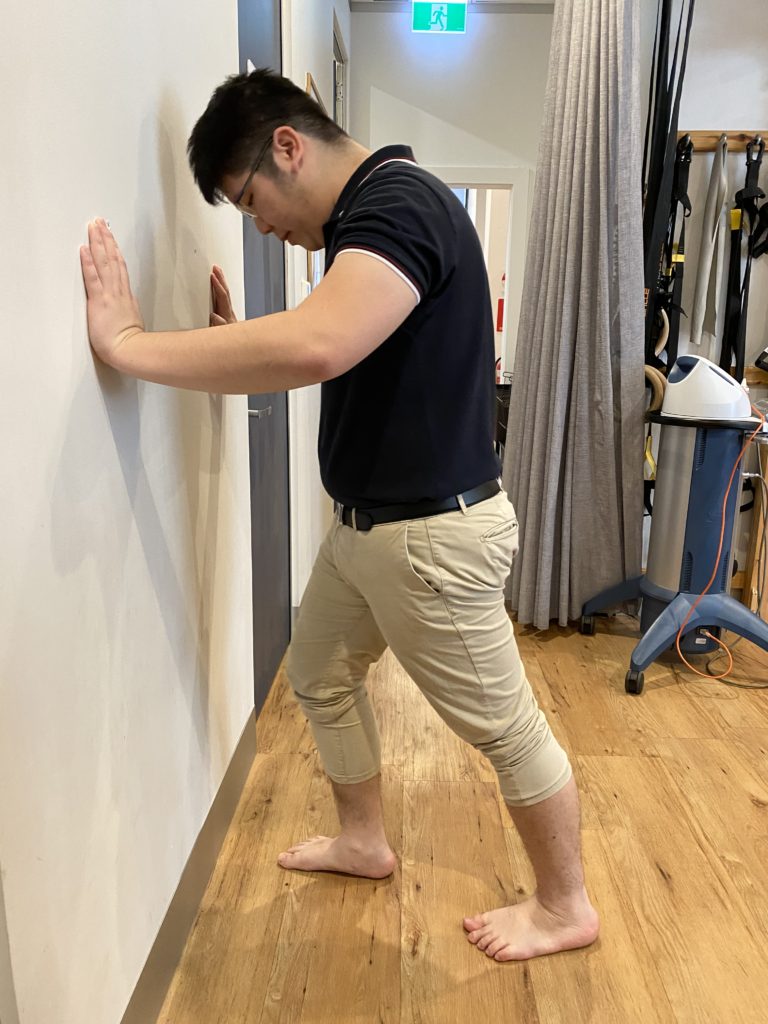
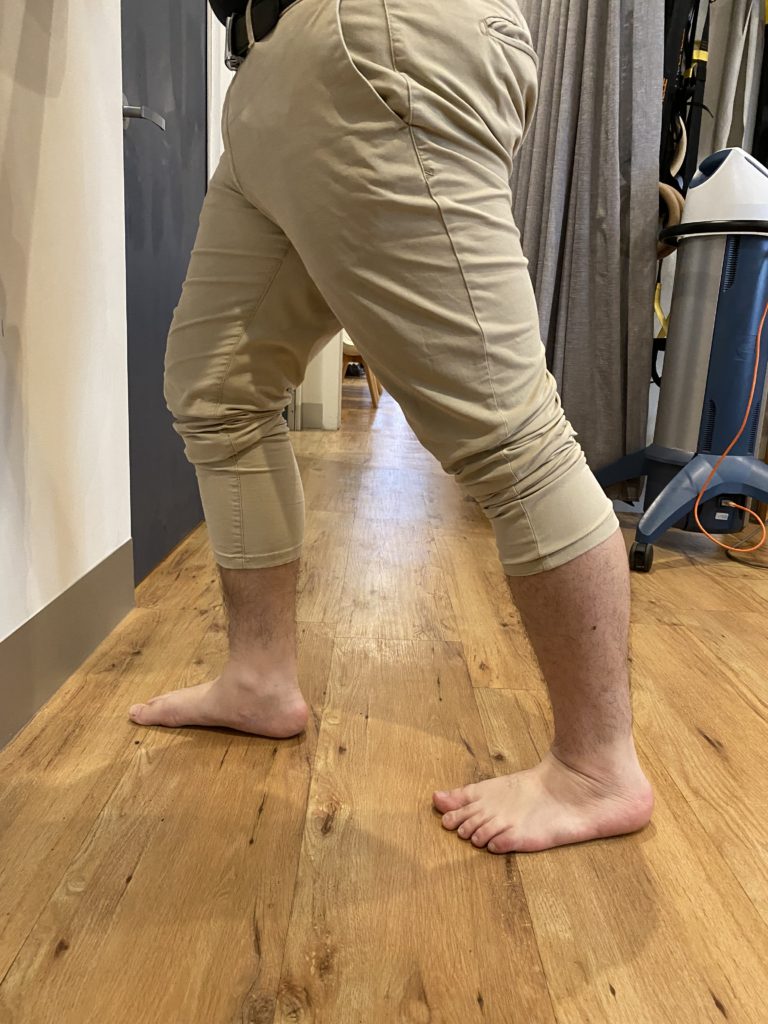
Additionally, a simple self-massage can provide some temporarily relief however be cautious and mindful of pressure applied as area may be tender.


4. Strength
Strengthening the lower leg muscle can be very beneficial in the rehabilitation of shin splints. As mentioned above, the lower leg is often weaker and is not conditioned to withstand heavy loads and hence, strengthening the surrounding structures of the lower leg is ideal. Below is some simple exercises to help support the lower leg and provide some longer term relief and stability.

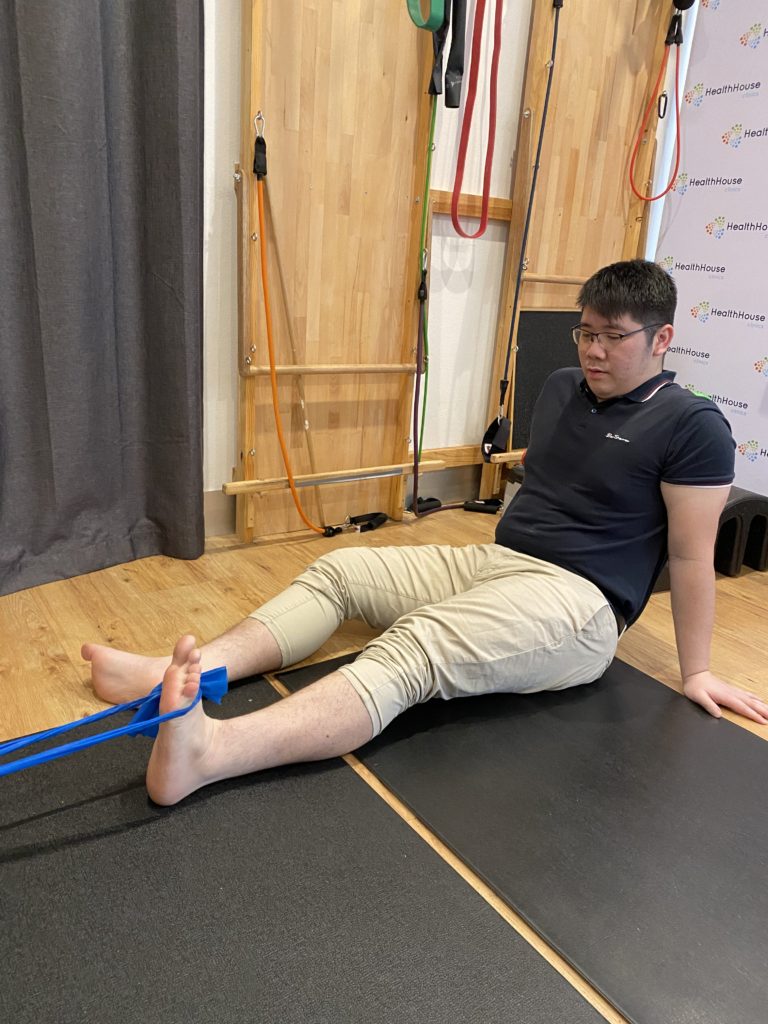

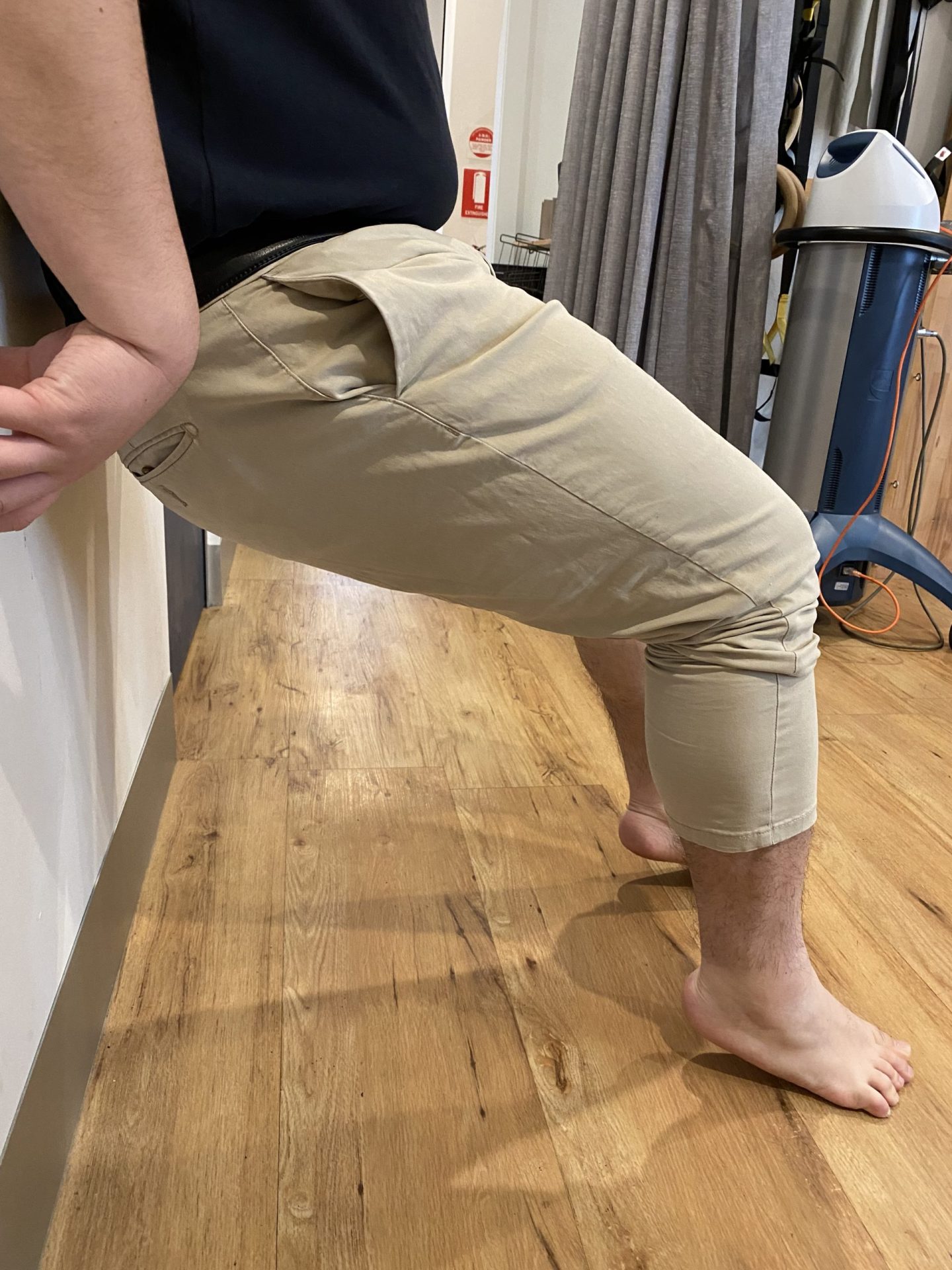
MTSS/Shin splints is a very vague and broad term referring to pain across the lower leg as a result of stress. There are many factors that can contribute to its development and the road to recovery will also differ from case by case. It is very important to understand what is being affected and how best to resolve this issue. When it comes down to MTSS and shin splints, it’s hard to say exactly how long it’ll take for it to recover as it can range from 3 weeks to 6 months. Best bet, have it checked by one of our practitioners and let us help you get back to running and to the things you love!
If you would like to find out more, please don’t hesistate to contact us on (02) 9524 8862 or email us at info@healthhouseclinics.com.au.
References:
https://www.physio-pedia.com/Shin-splints
Callahan. R L, Overview of running injuries of the lower extremity, Fields. B K, Grayzel. J, UpToDate. Retrieved 14th October 2021, from https://www-uptodate-com.simsrad.net.ocs.mq.edu.au/contents/overview-of-running-injuries-of-the-lower-extremity?search=shin%20splints&source=search_result&selectedTitle=1~15&usage_type=default&display_rank=1#H24287212
Fields. K B, Stress fractures of the tibia and fibula, Eiff. P, Bachur. R, Grayzel. J, UpToDate. Retrieved 14th October 2021, from https://www-uptodate-com.simsrad.net.ocs.mq.edu.au/contents/stress-fractures-of-the-tibia-and-fibula?search=medial%20tibial%20stress%20syndrome&source=search_result&selectedTitle=3~15&usage_type=default&display_rank=3
Galbraith, R. M., & Lavallee, M. E. (2009). Medial tibial stress syndrome: conservative treatment options. Current reviews in musculoskeletal medicine, 2(3), 127–133. https://doi.org/10.1007/s12178-009-9055-6
https://www.webmd.com/fitness-exercise/shin-splints#1

